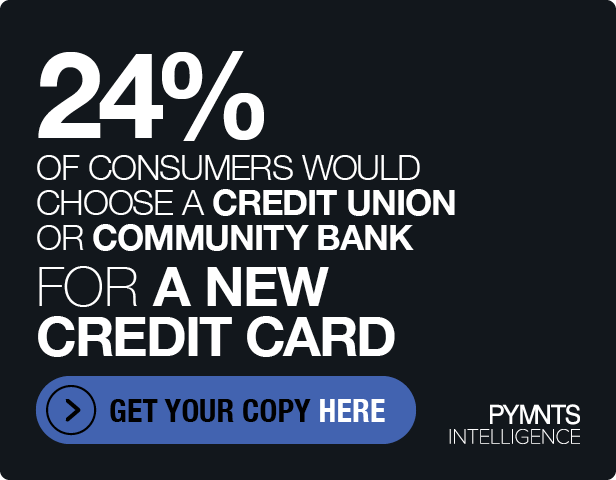2023 Looms as ‘Big Year’ for ISO 20022, According to Wells Fargo
In the banking industry, legacy messages — how data makes its way between financial institutions — have been around for decades.
But the world of finance is about to undergo a revolution with the launch of a new messaging standard called ISO 20022.
This new standard is expected to bring about significant changes to how financial services are conducted, improving data quality and reducing errors in the banking chain, making transactions more efficient and secure.
Getting there has been no easy task. ISO 20022 was due for a global rollout at the end of last year, then got pushed into early 2023. Here in the States, the Fedwire Funds Service is migrating to ISO 20022 in March 2025.
According to Michael Knorr, CIB industry and advisory lead at Wells Fargo, “2023 is a big year for ISO 20022. We are actually going live with it in different phases.” He said that the U.S. banking community is preparing to migrate to the new standard, with The Clearinghouse CHIPS payment system set to migrate by April of next year.
The introduction of ISO 20022 will bring new messages, a new data model, and a whole new transaction management infrastructure that will allow for a more efficient and secure banking chain. Knorr explained that the new infrastructure would improve automation, sync and anti-money laundering (AML) processes. It also will reduce the number of false positives and resulting information requests in the banking chain.
This will make the process more efficient and secure, he told PYMNTS.
“By moving away from sequential messaging to transaction management where only banks can touch certain parts of the data content would dramatically improve data quality, not just for the banking chain, but also for end users,” said Knorr, including “corporate customers with their treasury platforms and ERP systems.”
Tackling the Legacy of Legacy Systems
The banking industry has been struggling to keep up with new messaging formats, such as ISO 20022, due to the accrued technological history over the past four decades.
Knorr said that “untangling the web of legacy processing data sets and satellite systems is a heavy lift” for everyone in the industry. It’s a multi-year effort to prepare these systems and move to a standard that aligns closely with ISO 20022.
To address this issue, many banks initially work with translated messages while the network moves to ISO 20022. Some back-end systems have not yet made the transition, so at least some banks are deploying translations that map incoming ISO 20022 messages into some of the legacy formats so they can be processed in the existing environments.
Despite the challenges, the banking industry is making progress, according to Knorr.
MX messages are replacing SWIFT and TELEX messages beginning this year. Knorr noted that this is a unique opportunity for the industry to embrace this common standard. Historically, payment systems have been very siloed, with ACH, Fedwire, card systems and wire systems all using their own proprietary messaging standards.
Moving to this common ISO 20022 format will help reduce the system’s friction and make it easier. This will also allow more choices for customers, not just for wires but also for ACH and other payment types. The transition may take time, but the benefits will be worth it.
The use of reference information in payments has been a long-standing issue in the banking industry. Traditional empty messages with only one field for reference numbers have proven insufficient for multiparty interactions.
It has led to persistent reference numbers becoming increasingly important for processing messages and reconciling failed payments. However, introducing better reference data in payments has the potential to automate payment flows and exceptions, further improving efficiency. Data quality plays a crucial role in making the most out of reference data, said Knorr.
According to Knorr, high-quality data can help automate payment flows and exceptions, which are still a fact of life for banks and corporate customers.
He noted that this would be a dramatic change for the industry, and the benefits for the treasury side of finance will be significant. Having better reference data contained in payments should improve the process of reconciling failed payments, which is inefficient from a treasury perspective.
Knorr said it would depend on all corporate customers and banks doing a good job with data quality. He stressed the need to ensure the uniqueness of IDs and appropriate use of fields as part of the payments to avoid “garbage in, garbage out.” It will be a community effort to ensure that everyone makes the most out of the transition to get the benefits.
Regarding the launch of FedNow, the new low payment system launching in the U.S. that will use ISO 20022 from the beginning, Knorr said that this is a significant development. FedNow will gradually ramp up, allowing banks to get used to ISO 20022 and build their reporting capabilities. This will lay the foundation and comfort for the banks to utilize the data in FedNow messages, ISO 20022, and start building their reporting capabilities.
The adoption of ISO 20022 is expected to create a foundation for new payment innovations going forward. Knorr said this is a unique opportunity to “provide consistent reporting” across all real-time payment rails, including FedNow, the Clearing House RTP system and Fedwire.
He also mentioned that banking codes critical for customers to understand what is posted to their account can now follow the new reporting formats — providing harmonization across different payment types. In the meantime, he added, cross-border payments will have reduced frictions, with greater transparency and clarity relayed to customers. The efficient pre-validation tools based on ISO 20022 data standards will also improve straight-through processing and reduce exceptions in cross-border payments.

